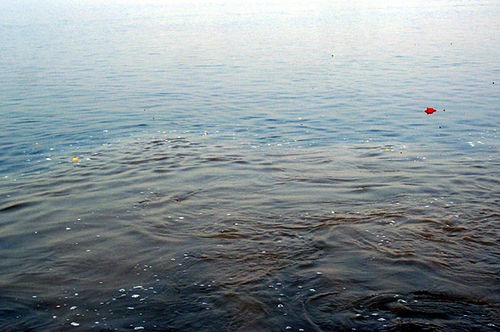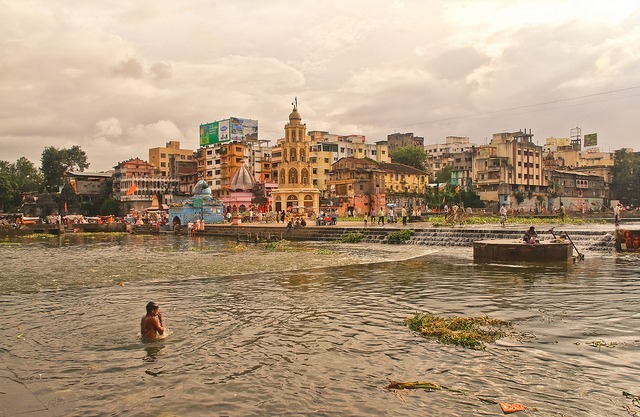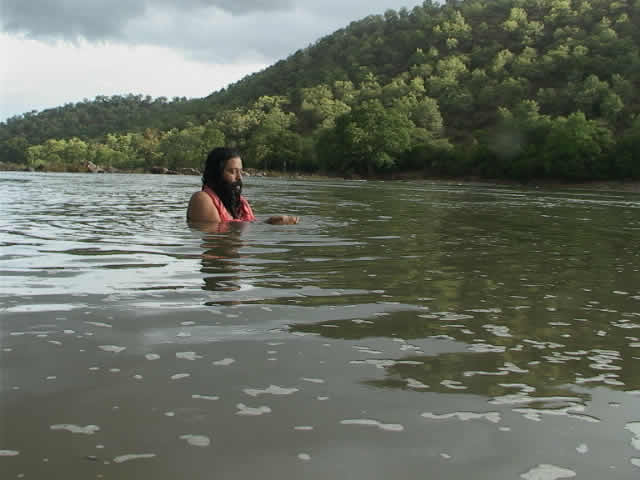7 SACRED RIVERS IN INDIA
The rivers of India are the main source of living of the Indian people. There are some major Rivers in India like, Ganga,Yamuna, Narmada, Mahanadi and Brahmaputra. Punjab-The land of five great river’s Jhelum, Chenab, Ravi, Beas and Sutlej. Every river of Punjab has its own significance and symbolic importance. The Himalayan rivers are best for white water sports like rafting and other river sports. The seven rivers are counted as the holy rivers of India, one of the most holiest river in India is Ganga or The Gange. Rivers are India’s lifeline and enjoy a special place in prayers and its traditionalpractices. Most of the holy places in India like, Varanasi, Haridwar, Talakaveri, Nasik, Ujjain and Patna are situated along with the bank of seven holy rivers. The Triveni Sangam in Allahabad is a confluence of 3 rivers the Ganges, Yamuna, and the mythological Saraswati river. A place of religious importance and the site for historic Kumbh Mela held every 12 years and Sadhu the holy men of India are gather here for holy bath from all over India. It is said that by taking a bath in the holy rivers, man can be freed from all the sins of his life. Apart form the rivers we Hindu also worship trees,stones and animals,we believed they are the forms of different deities.
Top 10 Longest and Major Rivers of India
Ganga River: The Ganges, originates in the Himalayas at Gaumukh flowing into the bay of Bay of Bengal is the most sacred river of India and the longest river in India. The river has been declared as India’s “National River” and the Gange dolphins are also declared as the national aquatic animal of India. There are so many tributary to the Ganga like Yamuna, Chambal, Betwa and one of the major is the Ghaghara, which meets it before Patna. Varanasi is one of the oldest continuously inhabited cities in the world, it has has hundreds of temples so called “City of Temples” is situated along the banks of the Ganges. There are two major dams in gange river one is The Haridwar dam and another is Farakka. One of the longest road bridgein India named as Mahatma Gandhi Setu is build on river Gange at Patna. The mouth of River Ganga forms a vast delta, the Sundarban delta the largest delta in the world, Also these river’s create some of the beautiful valley’s in India.

Yamuna River: Yamuna River is a major river and most polluted river of the Indian subcontinent rising form Yamunotri in the Himalaya Mountains and merges with the Ganges at Triveni Sangam, Allahabad, the site for the Kumbha Mela. This is one of the country’s most sacred rivers, Gokul and Mathura on the other bank of the river are holy places for hindu. The Tons, Chambal and Giri rivers are the important tributaries of Yamuna,River Mandakini is the last tributaries of river Yamuna before it joins The Gange in Allahabad. The famous Taj Mahal is situated on the bank of the holy Hindu river Yamuna in Agra. One of the famous Naini Bridge builds across the Yamuna river.

Sarasvati River: Saraswati is an ancient river that flowed in northern India during the vedic era. Although the river does not have a physical existence today, the ancient river lost in the desert. The Triveni Sangam in Allahabad is a confluence of 3 rivers, the Ganges, Yamuna, and Saraswati,of these three The legendary Saraswati River is invisible and is said to flow underground and join the other two rivers from below and the point of confluence is a sacred place for Hindus.

Narmada River: The Narmada is one of the most sacred of the seven holy rivers of India. Narmada River originates from the Maikala ranges at Amarkantak in Madhya Pradesh and flows between the Vindhya and Satpura ranges in a generally southwestern direction and emptying into the Gulf of Khambhat or Gulf of Cambay, an inlet of the Arabian Sea India. The Narmada valley has many waterfalls, Dhuandhar waterfall and deepest waterfall Kapiladhara are best of them. Sardar sarover dam one of the India’s most controversial dam projects was builds across the Narmada river. Narmada Bridge is the Longest Road Bridge in Gujarat. Narmada River is one of only three major rivers in peninsular India that runs from east to west along with the Tapti River and Mahi River. The Hindu God Lord Shiva Omkareshwar temple on the banks of Narmada river situated in the Khandwa district of Madhya Pradesh also this district host India’s largest water reservoir known as IndiraSagar .

Kshipra River: The Shipra, also known as the Kshipra rises in the Vindhya Range north of Dhar and flows south across the Malwa Plateau to join the Chambal River. It is one of the sacred rivers in Hinduism. The holy city Ujjain is situated on its right bank. Ujjain is an ancient city of Malwa region in central India and famous for one of the twelve celebrated Jyotirlingas in India known as Mahakaleshwar. In every 12 years, the Kumbh Mela festival takes place on the city and millions of people take holy dip and bath in the holy river Shipra.

Godavari River: The river Godavari originates near Trimbak in Nashik flows towards the Eastern Ghats into the Bay of Bengal. This second largest river is considered to be one of the big river basins in India. Kumbh Mela at Nashik is well known as an important center of Pilgrimage in India because the holy river Godavari. Godavari, the largest and the longest river of South India is popularly referred as to as the Dakshina Ganga. Jayakwadi dam is one of the largest earthen dams in India build across Godavari River in Maharashtra.

Kaveri River: Kaveri or Cauvery River is considered to be a very sacred river of southern India. It originates from the Brahmagiri Hill in the Western Ghats flow towards the Bay of Bengal. This sacred river travels across the heartland of Karnataka and Tamil Nadu. It is one of the major rivers of the Peninsular flowing east and running into the Bay of Bengal. The Mettur Dam is a large dam build across the Kaveri River. The beautiful shivasamudram falls of Kaveri river is the second biggest water falls in India.

0 comments:
Post a Comment